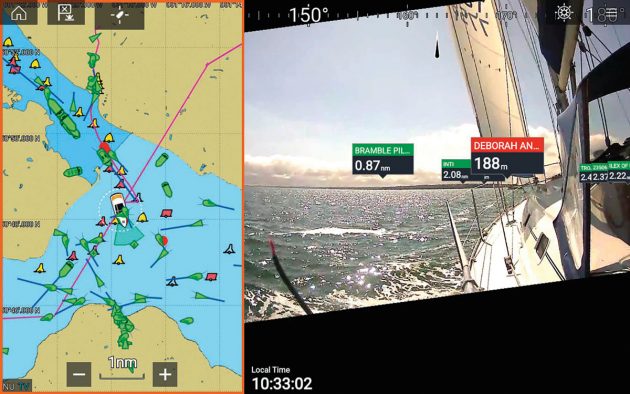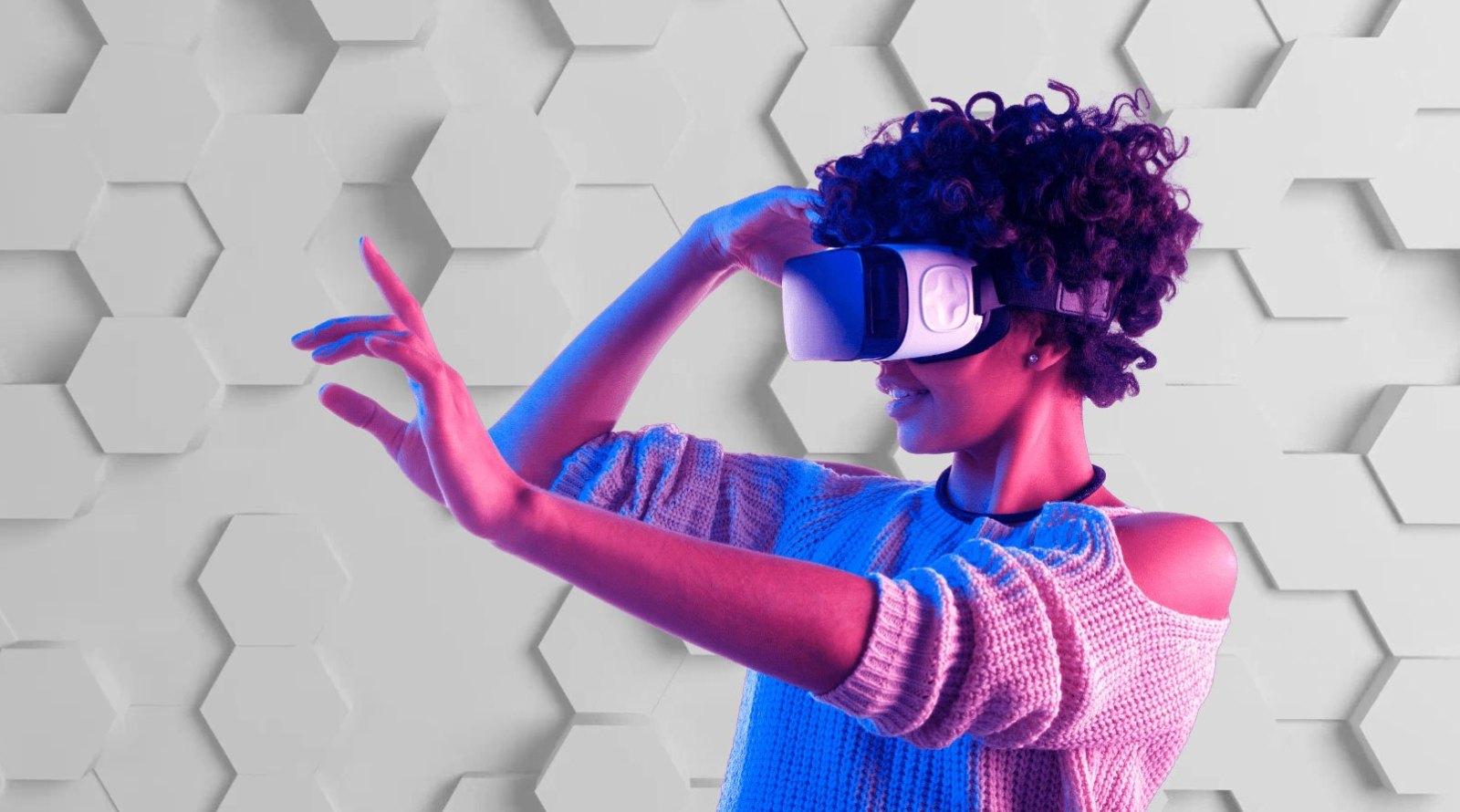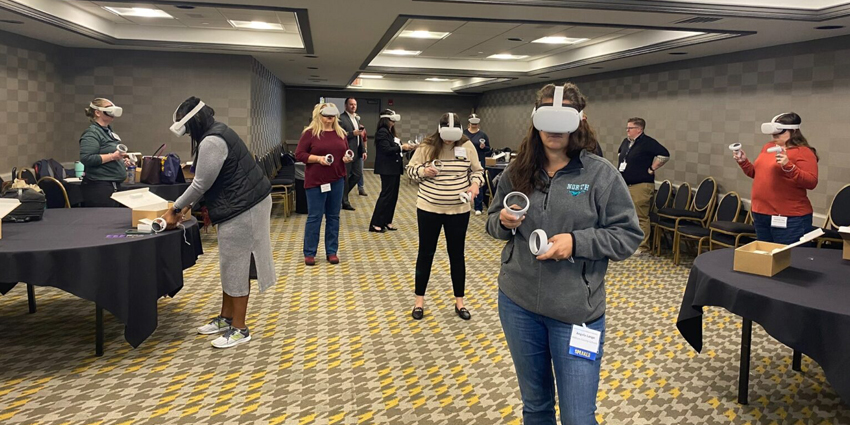Raymarine’s AR navigation technology could be the future of professional sailing.
When it comes to high-level yachting and sailing, few technologies are more crucial than an up-to-date electronic plotter. This important marine navigation device uses GPS technology, radar, automatic information systems, and a variety of other sensors to provide sailors with crucial information while at sea, including the vessel’s position in relation to other objects.
Since 2018, Raymarine, a leading marine electronics manufacturer specializing in both recreational and light commercial markets, has been using research accumulated by its parent company, FLIR Systems, to improve its own onboard yachting system.
The result is Raymarine ClearCruise AR, a bold new take on the existing electronic plotting system that uses augmented reality visuals layered over a live feed to provide operators with a more seamless method for digesting information critical for proper water awareness.
Compatible with Raymarine’s existing Axiom multifunction displays, ClearCruise AR links multiple CAM210 HD marine cameras together to provide an AR overlay with a customizable set of navigational data, including the distance of various objects in relation to the user’s vessel.
An Automatic Identification System (AIS) is able to accurately identify various types of marine objects, such as watercraft and buoys, allowing operators to respond accordingly as well as lay down specific waypoints.
Operators are able to select what information is displayed on-screen at any given time; according to Will Bruton of Yachtingworld.com, the unique 3D system allows users to easily identify key information regardless of how busy the display is with other data.
“The view on the screen in a busy Southampton water, even with all data points (AIS, buoyage and waypoints) switched on, is clear rather than crowded,” saidBruton. “A high definition camera fuels the system with a live image, while AIS data, buoyage and waypoints are overlaid on top.”
“What you see on the screen is a feed from a fixed camera, however, the image is digitally stabilized,” added Richard Marsden of Raymarine. “Our independent sensor is taking into consideration the pitch, roll and yaw of the vessel, so when the seas get rough the image remains stable. There’s a lot of vessel data being processed to achieve such clarity.”
Much like how AR has found an immense amount of use within industries such as aviation, medicine, and engineering, the maritime sector would also stand to benefit greatly from a technology that provides easier access to critical information.
For more information on Raymarine’s unique ClearCruise AR system, visit Raymarine.com/clearcruise. There’s even an interactive tour that provides a better understanding of the AR-integrated system and its capabilities.
Quelle:
Image Credit: Raymarine
https://vrscout.com/news/ar-changing-the-world-of-yachting/




